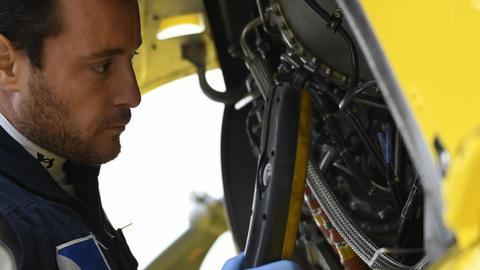In July 2002, a terrible mid-air collision between a passenger aircraft and a freighter over the town of Überlingen in Germany claimed 71 lives.
The ensuing investigation revealed several causes of the accident. In particular, it showed that although both aircraft were equipped with a traffic collision avoidance system (TCAS) and that each TCAS had alerted the crew, the alerts had not prevented the disaster as the air traffic control (ATC) and TCAS instructions were different. In the absence of a clear and uniformly shared communication and procedure in the event of an alert, the human reactions had not been consistent.
This situation prompted the aeronautical industry to rethink its approach. ICAO and national airworthiness authorities decided that TCAS orders would take precedence over ATC instructions.
Airbus decided to implement an additional technical innovation. To help crews, Airbus developed the AP/FD TCAS function (Auto-Pilot/ Flight Directors – Traffic Collision Avoidance System), which enables the autopilot to automatically perform an immediate optimal avoidance manoeuvre, avoiding excessive or incorrect crew reactions.
Thanks to this system, the autopilot executes the climb or descent instructions given by the TCAS under the monitoring of the crew who can notify ATC of the manoeuvre performed and when the aircraft are “cleared of conflict”, for the utmost safety of the aircraft and its passengers.
Auto-Pilot/ Flight Directors – Traffic Collision Avoidance System
Airbus developed the AP/FD TCAS function (Auto-Pilot/ Flight Directors – Traffic Collision Avoidance System), which enables the autopilot to automatically perform an immediate optimal avoidance manoeuvre, avoiding excessive or incorrect crew reactions.
Safety Innovation series
Continue Reading
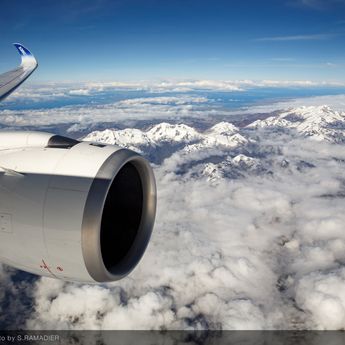
Airspeed information, whatever the conditions
Web Story
Safety
Airbus has developed a system which improves management of unreliable airspeed events.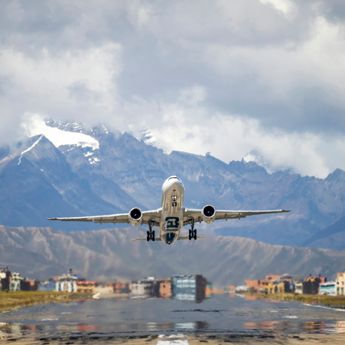
How to make takeoff safer
Web Story
Safety
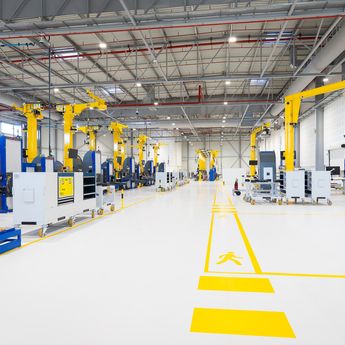
A new workshop designed with safety in mind
Web Story
Safety
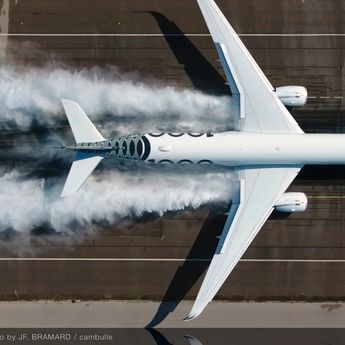
Using aircraft as sensors to prevent runway overrun
Web Story
Safety
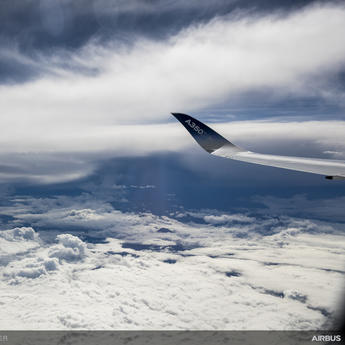
Severe weather hazards: the best is to anticipate and avoid
Web Story
Safety

